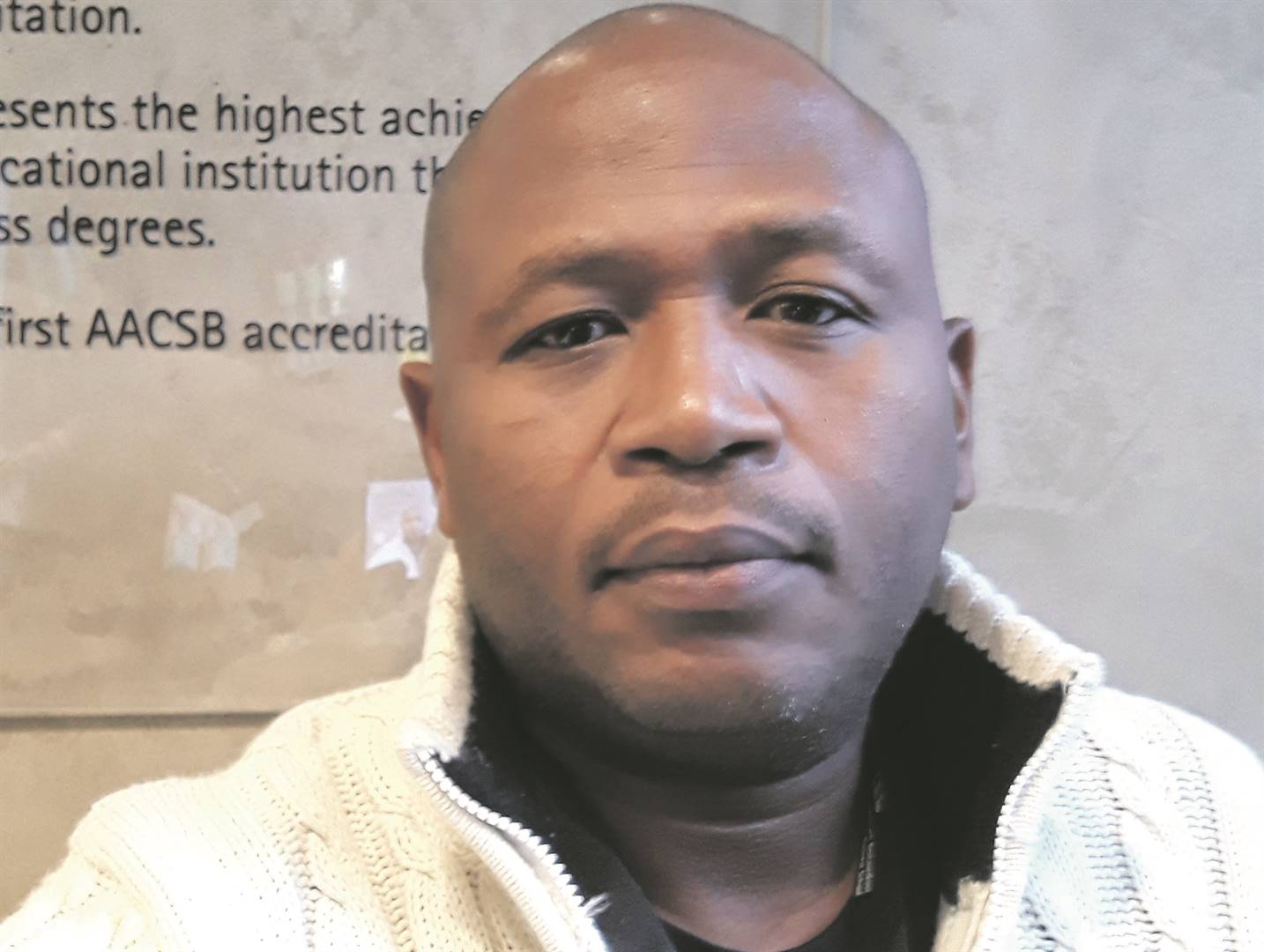
In his 2012 article Are Millennials the Screwed Generation? Newgeography.com executive editor Joel Kotkin asserts: “Today’s youth, both here and abroad, have been screwed by their parents’ fiscal profligacy.”
Kotkin also quotes Neil Howe, a leading generational theorist and author who states that the “greed, short-sightedness and blind partisanship” of the boomers (he is one of them) has “brought the global economy to its knees”.
How has this generation been undermined?
Kotkin starts with the economy, but here at home we should start with education following last week’s release of matric results which saw the 2019 class achieving a pass rate of 81.3%.
A total of 787 717 candidates registered for the National Senior Certificate examinations in November. This was made up of 616 754 full-time and 170 963 part-time candidates.
A total of 790 405 candidates sat for 147 question papers in 7 416 examination centres nationwide. A further 212 people wrote at correctional facilities.
What becomes obscured and sad is that the results point to a pass rate that is less than half the department’s figure.
We must confront the shocking truth: the real matric pass rate is 37.6% if you include the number of pupils who dropped out of school before matric, according to a number of education experts.
As usual, Basic Education Minister Angie Motshekga and many policymakers fail to mention or even engage on programmes to salvage the future of these young people who join the ever-growing number of the unemployed and unemployable, which is currently hovering at about 57% of the country’s population.
In addition, many young people struggle to finish high school, with only 45% of youngsters aged 20 to 24 having completed their matric or matric equivalent in 2016.
Between the ages of 20 and 24, only 6% have completed any form of tertiary education.
A pupil falling behind early in their school career is, according the 2018 Human Sciences Research Council (HSRC) report, one of the main drivers behind the high level of incomplete secondary education in the country.
No generation has suffered more from the great recession than these youngsters.
South Africa is home to more than 10 million young people aged 15 to 24.
This constitutes 19% of the total population, according to Stats SA’s 2016 report.
In 2011, six out of 10 young people (62%) lived in households with a per capita monthly income of less than R779 (the “upper-bound poverty line”) compared with 46% of the adult population, according to Stats SA.
Poverty continues to be strongly associated with race: 69% of black and 46% of coloured young people were living below the poverty line in 2011, compared with 5% of white youngsters.
Unemployment is highest for young people without a matric (57%) and lowest for those with any tertiary education and training (29%).
Increasing the number of young people who complete their matric or matric equivalent with higher levels of literacy, numeracy and other technical skills is thus important, but ignored.
A better articulation between the various parts of the education system, and the creation of second chance learning and job opportunities that are also accessible to those without a matric, would help lower unemployment rates.
A number of township schools – including my school, Buhle Higher Primary in KwaMashu, Durban – have been invaded by criminals who rent out classrooms to those desperate for accommodation.
Unemployment problem
Unemployment is especially high among young people living in the former homelands and in rural areas – the unemployment rate among youngsters is higher than 70% in the Ntambanana, Hlabisa and Indaka areas in KwaZulu-Natal, as well as in Ngqushwa, Nkonkobe and Ingquza Hill in the Eastern Cape, according to the HSRC.
In contrast, unemployment is relatively lower – at less than 50% – for young people living in urban areas such as Mogale City and Johannesburg in Gauteng, so young people in and around cities do better as they are closer to economic nodes and opportunities. And there are more services that facilitate job searching and job retention.
Despite these advantages, even youngsters near urban hubs struggle to connect to jobs and learning opportunities as affordable inner-city accommodation is hardly available, and transport to travel into the city is expensive and often unreliable.
Information on existing programmes and support services often does not reach young people.
Added to this, adolescent behaviour and health are key predictors of the adult burden of disease.
Improving the health of adolescents and young people is therefore crucial for not only their current wellbeing, but for future economic productivity in the country.
Poverty is associated with experiences of social exclusion, heightened stress, violence and trauma, which may increase the risk and severity of mental illness and substance misuse, and may compromise access to care.
These connections remain poorly understood in the South African context.
In 2016, nearly 29% of all 15- to 24-year-old girls or young women reported having given birth.
While most of those births occurred among the older cohort (20 to 24), more than one in 10 teenage girls aged 15 to 19 (12%) reported having given birth.
Young people are carrying the burden of the HIV pandemic and Aids is shattering young people’s opportunities for healthy adult lives.
According to a 2016 Right to Care report, 320 000 adolescents (10 to 19) are infected with HIV in South Africa every year. But it’s not just about the numbers.
What is different about today’s young people as individuals compared with our generation is minor. But the difference of the world around us is profound.
Salaries have stagnated and entire sectors have crumbled.
The cost of every prerequisite of a secure existence – education, housing and healthcare – has also shot into the stratosphere.
From job security to the social safety net, all the structures that insulate us from ruin are eroding.
And the opportunities that will lead to a middle-class lifestyle – the ones that we lucked into – are being lifted out of our reach.
Add it all up, and it’s no surprise that our youngsters are the first generation in modern history to end up poorer than their parents.
Global political awakening
On the positive side, we are experiencing the volatility of what has been identified as a “global political awakening” – a sweeping revolution the likes of which we have not seen before.
From the Arab Spring uprisings and the #FeesMustFall movement to the climate crisis and, more recently, the groundswell of dissent in Hong Kong, there is for the first time in history a feeling that youngsters are being politically activated, and are becoming politically conscious and politically interactive.
Activism is generating a surge in the quest for cultural respect and economic opportunity in a world scarred by memories of colonial or imperial domination.
Notably, leaderless revolutions grow in perceived voids of leadership around the globe.
Cities, where wealth and knowledge are increasingly concentrated, are the engines of these mass protests. Social media is accelerating and enabling them.
We are in a new age of the leaderless revolution.
The accelerating trend is clear, and we would be wise to look out for further intensification in the years and perhaps decades to come.
We can’t sustain the argument that our young people are spoilt.
We must admit that we are undermining their future, and we must start correcting our ways.
Instead of complaining about “slay queens”, we must be good role models and parents.
Rather than complaining about “carefree boys”, we must be their keepers and share positive experiences so that they look forward to being fathers and men with honour.
This isn’t to say they don’t share some of the blame – they’re the most educated generation.
They’re also the country’s largest age group, with the numbers to assume power at any time they see fit.
The debate about the potential of the “demographic dividend” thus presents us with two choices – either implement targeted and mutually reinforcing policies that can help create a “virtuous cycle” of sustained growth or, conversely, fail to act and so miss chances for economic growth or, worse, risk higher unemployment numbers, increased crime rates and political instability.
But they can’t graciously abdicate their strength at the ballot box so that the elders may continue to (mis)rule, as they’re so obviously impressive.
Young people are only about half as likely to vote as their grandparents – they seem to think that an election is the clinical description of a mosquito-borne illness.
We have a narrow window of opportunity to ensure appropriate levels of education, health and economic participation.
If not, the opposite result may ensue, with a large proportion of teenagers and young people staying unemployed and alienated.
- Maxon is a social commentator




 Publications
Publications
 Partners
Partners









